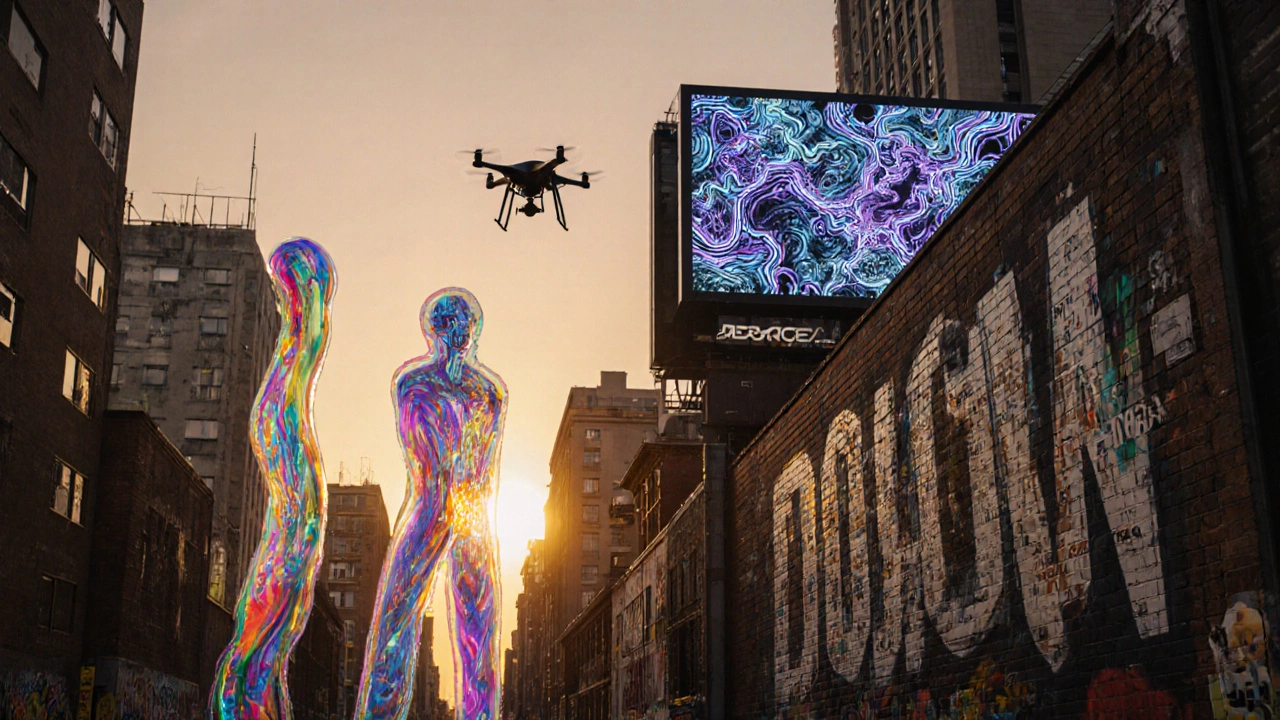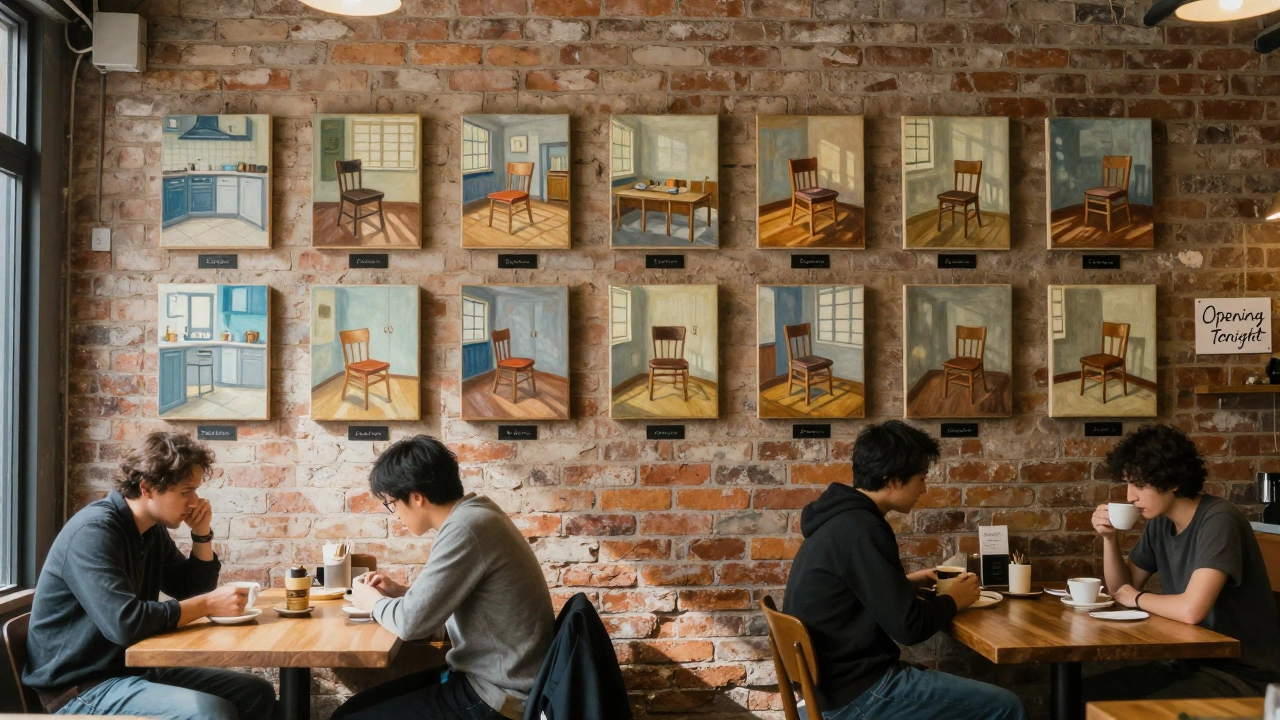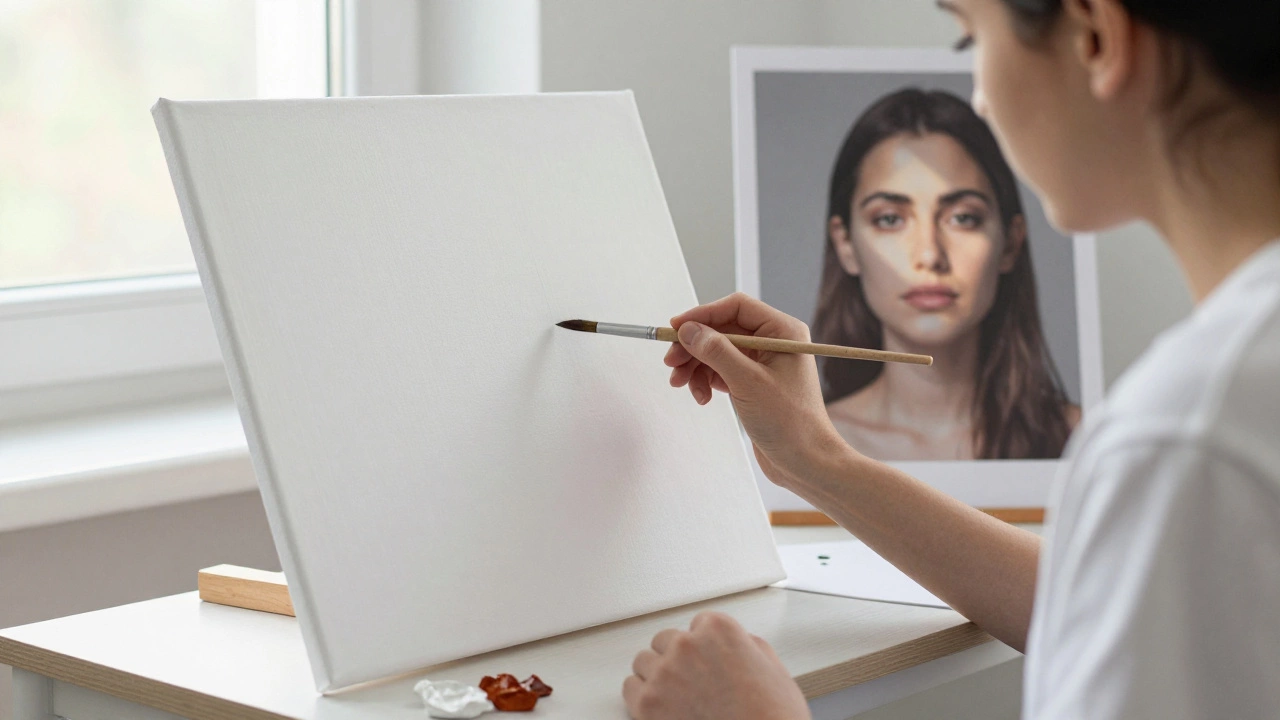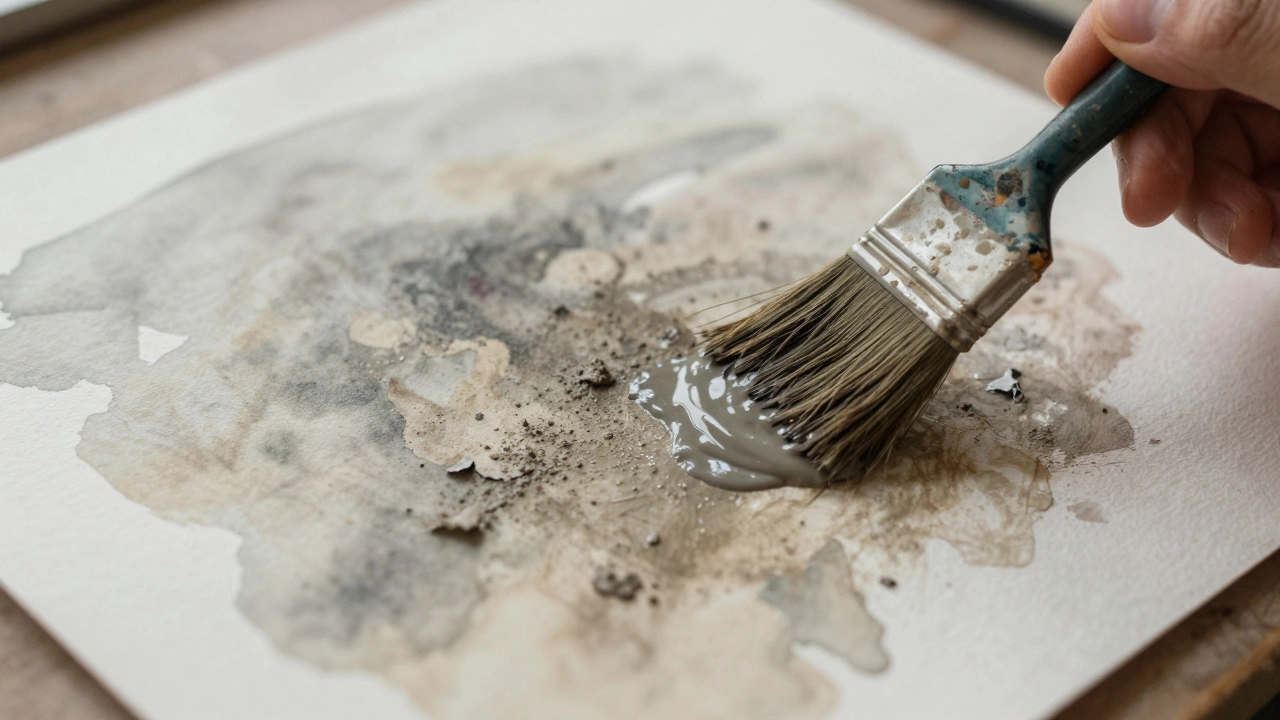Art Portfolio Calculator
Create a balanced art collection portfolio based on the current 2025 market trends. Input your preferred allocation for each movement or dollar amount to see how your portfolio compares to industry standards.
2025 Market Trends
Typical collector allocation (2025):
Portfolio Allocation
Street Art
30%
Digital & AI Art
25%
Eco-Art
20%
Global Voices
15%
When you wonder “What art movement is popular today?” you’re really asking about Contemporary art - the current era of artistic production that mirrors today’s cultural, technological and social shifts. In 2025 the scene is buzzing with a mix of street interventions, AI‑driven canvases, and climate‑focused installations. Let’s break down the movements that are shaping galleries, online platforms, and public spaces right now.
Understanding contemporary art helps you spot where the market and ideas are heading.
Why “art movement” still matters
An art movement is more than a label; it’s a shared language among creators, collectors, and audiences. Movements give us a shortcut to discuss style, intent, and the cultural moment behind a work. In the digital age, the speed of trend cycles has accelerated, but the core idea - a group of artists responding to a common stimulus - remains the same.
Street Art: The City as Canvas
Street art refers to murals, stencils, wheat‑pasting and large‑scale interventions that exist in public spaces has reclaimed the top spot in 2025. Cities like Melbourne, Berlin, and São Paulo have turned entire neighborhoods into open‑air galleries. The movement’s popularity stems from its immediacy: anyone can walk by, snap a photo, and share it instantly on Instagram or TikTok.
Key characteristics:
- Bold typography and graphic icons that read at a glance.
- Political or social commentary that resonates with local issues.
- Collaboration between brands and independent crews, blurring the line between commerce and activism.
Major festivals such as the Urban Art Biennale in Lisbon and the Street Art Expo in Los Angeles have turned street art into a buying opportunity for collectors, with works fetching six‑figure sums at auction.
Digital & AI‑Generated Art: Pixels Meet Algorithms
Digital art encompasses artworks created entirely with electronic tools, from Photoshop paintings to 3‑D environments continues to dominate online galleries. What’s new in 2025 is the rise of AI‑generated art images, videos or sculptures that originate from machine‑learning models trained on massive visual datasets. Platforms like ArtifyAI let artists tweak prompts and instantly receive a gallery‑ready piece.
Why collectors care:
- Scarcity can be programmed - a creator can lock a piece to a single blockchain token, guaranteeing uniqueness.
- New aesthetics emerge from the blend of human intent and algorithmic surprise.
- Production costs drop dramatically; a piece that once required weeks of studio time can now be rendered in minutes.
Institutions such as the Museum of Modern Art (MoMA) have started dedicated exhibition slots for AI art, signaling institutional validation.
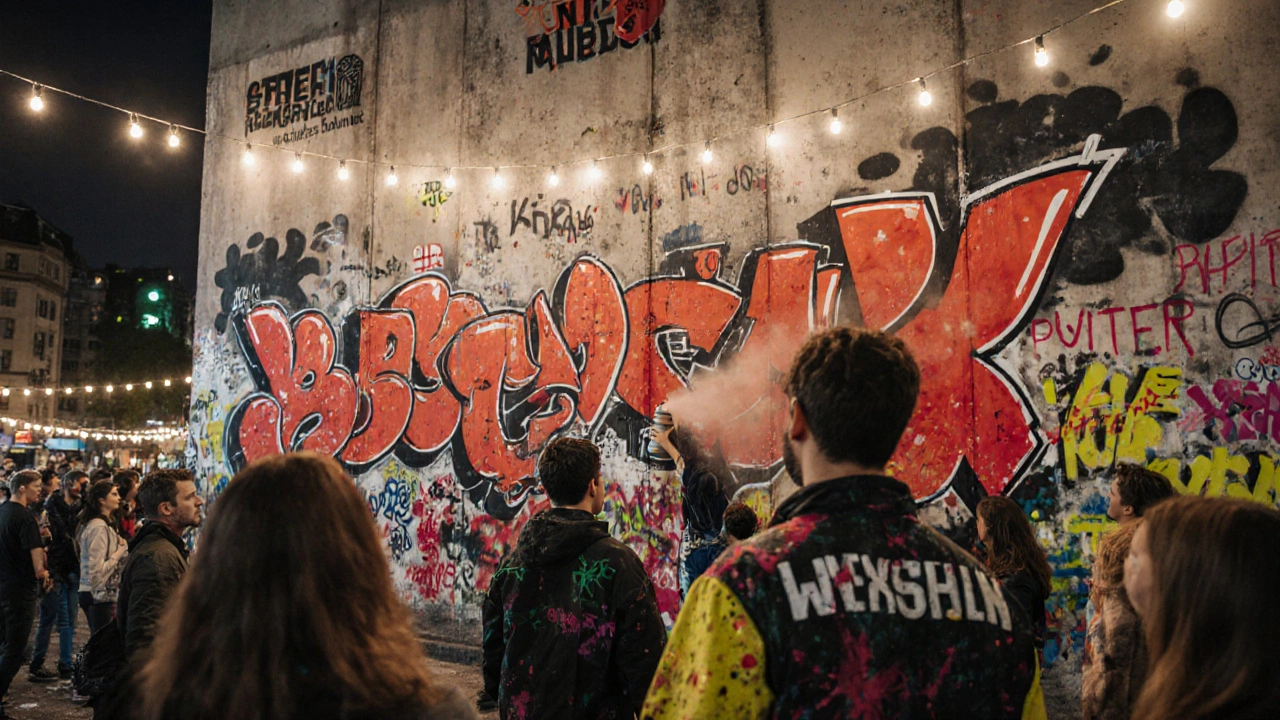
Eco‑Art & Social Practice: Purpose‑Driven Creativity
Eco‑art uses sustainable materials or addresses environmental issues through its concept and execution has moved from niche activist circles to mainstream galleries. Artists like Lila Ortega grow pigments from algae, while collectives such as Zero Waste Studio create installations that physically filter air in museum lobbies.
Social practice art, a cousin of eco‑art, emphasizes community involvement. Projects like Community Canvas in Detroit invite local residents to co‑author murals that tell neighborhood stories, turning creation into a form of civic engagement.
Afrofuturism & Global Voices: Re‑Writing the Narrative
Afrofuturism blends African diaspora culture with speculative sci‑fi aesthetics, imagining alternative futures exploded onto the global stage after the 2023 Black Futures Biennial in Lagos. Artists such as Kofi Agyeman combine traditional textile techniques with holographic projection, challenging the Euro‑centric canon of contemporary art.
Other global movements are gaining traction: Post‑Internet art in Seoul, Kinetic art in Tokyo, and Indigenous land art in New Zealand. The common thread is a desire to situate local identity within the worldwide conversation.
How Galleries and Collectors Are Responding
Traditional white‑cube spaces are adapting. Many galleries now allocate dedicated “experiential rooms” for immersive installations, while others partner with tech startups to host virtual reality shows. Auction houses report that AI‑generated works accounted for 12 % of total sales volume in the first half of 2025, up from 3 % in 2022.
Collectors are diversifying portfolios. A typical 2025 buying strategy might look like:
- 30 % street‑art pieces (original murals or limited‑edition prints).
- 25 % digital or AI works secured via NFTs.
- 20 % eco‑art or socially engaged projects.
- 15 % emerging global voices like Afrofuturism.
- 10 % legacy contemporary pieces (e.g., works by Damien Hirst that still hold market weight).
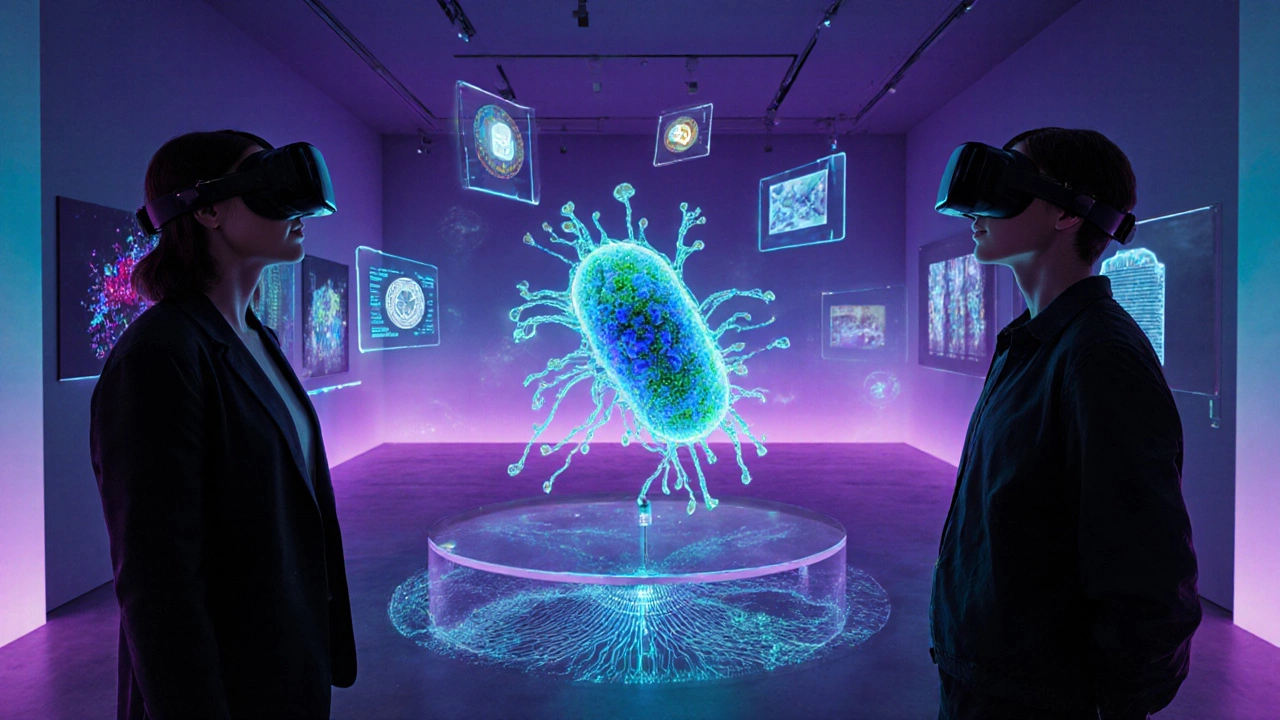
Spotting the Trend Yourself - A Quick Checklist
- Monitor social‑media hashtags: #StreetArt2025, #AIArt, #EcoArt.
- Follow gallery newsletters that highlight “Emerging Voices”.
- Watch auction reports - see which movement’s lot numbers are rising.
- Attend at least one virtual reality exhibition per quarter.
- Visit community art projects; grassroots momentum often predicts the next market wave.
Comparison of the Hottest Movements (2023‑2025)
| Movement | Typical Venues | Estimated Market Share (% of total contemporary sales) |
Key Features |
|---|---|---|---|
| Street Art | Public walls, pop‑up galleries, art fairs | 28 | Bold graphics, sociopolitical themes, high Instagram virality |
| Digital & AI Art | Online platforms, NFT marketplaces, VR spaces | 22 | Algorithmic generation, blockchain provenance, rapid iteration |
| Eco‑Art / Social Practice | Site‑specific installations, community centers | 18 | Sustainability focus, participatory creation, activist messaging |
| Afrofuturism & Global Voices | International biennials, cultural institutes | 15 | Speculative narratives, blended heritage techniques, diaspora perspectives |
| Legacy Contemporary | Major museums, high‑end auction houses | 17 | Established artists, high resale value, critical acclaim |
Looking Ahead: What Might Rise Next?
Predicting the next big wave is a gamble, but a few signals stand out. The integration of neuro‑feedback tech into interactive installations is gaining traction among experimental labs. Likewise, “bio‑art” - using living cells as medium - is moving from lab benches to public exhibitions, hinting at a future where art literally grows.
For now, the five movements above dominate the conversation, and keeping an eye on them will ensure you stay tuned to the pulse of contemporary culture.
Which art movement is most collectible right now?
Street art leads the market in terms of volume and resale speed, especially limited‑edition prints from artists like Banksy or emerging crews from Latin America.
How can I buy AI‑generated art safely?
Choose reputable NFT platforms that verify the creator’s identity, check the smart‑contract for royalty clauses, and store the token in a secure wallet.
Are eco‑art pieces eligible for tax deductions?
In many regions, donations of eco‑art to qualified museums qualify for charitable deductions, but always consult a tax adviser about local regulations.
What’s the best way to discover emerging global artists?
Follow international biennial programs, subscribe to curatorial newsletters, and explore online platforms that spotlight artists from under‑represented regions.
Can I experience these movements without traveling?
Absolutely - many galleries now stream VR tours, and social media platforms curate daily feeds of street art, AI pieces, and eco‑installations.
